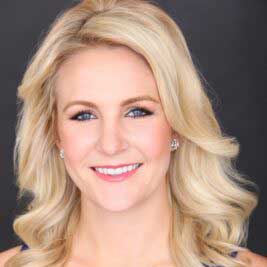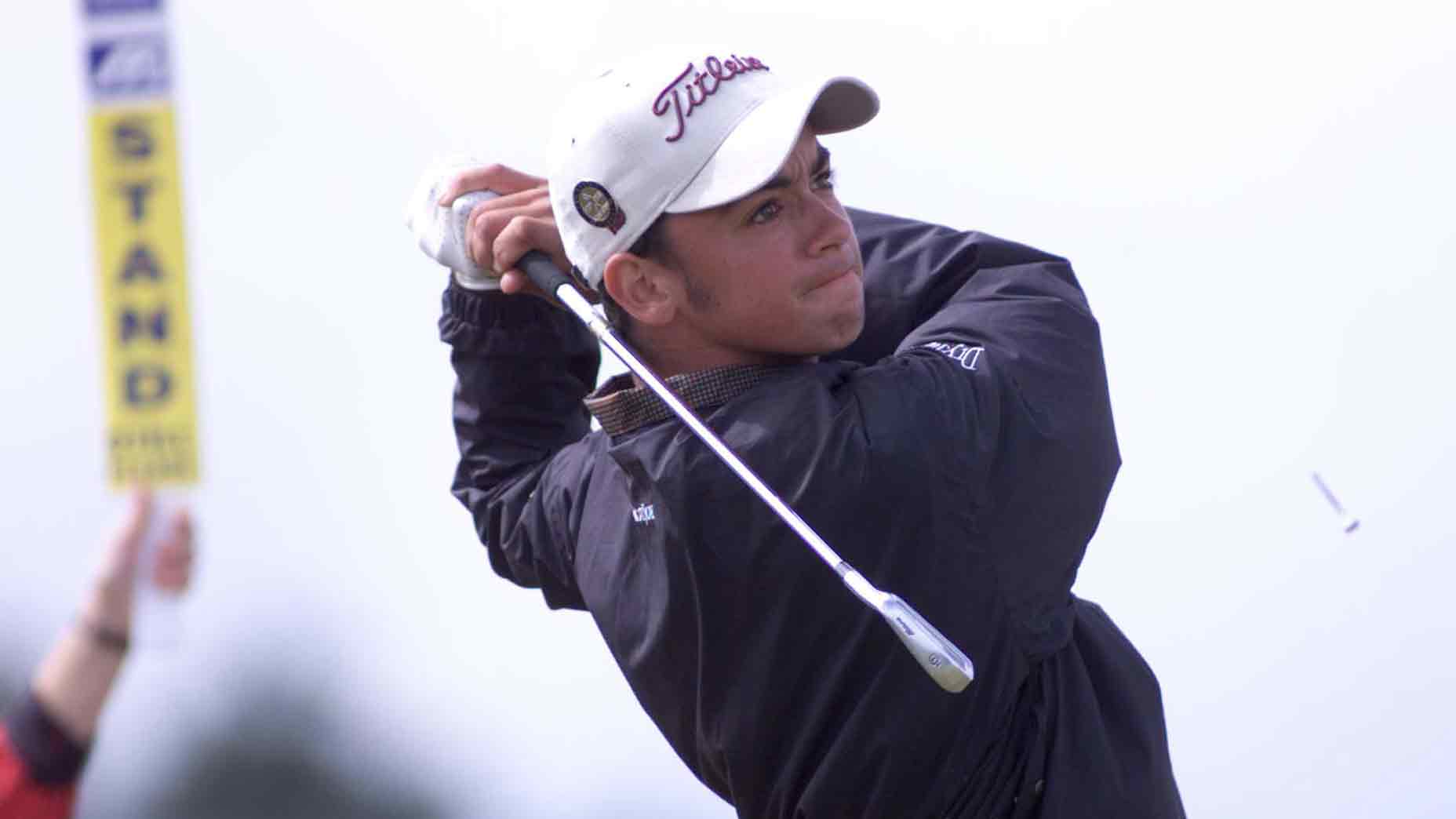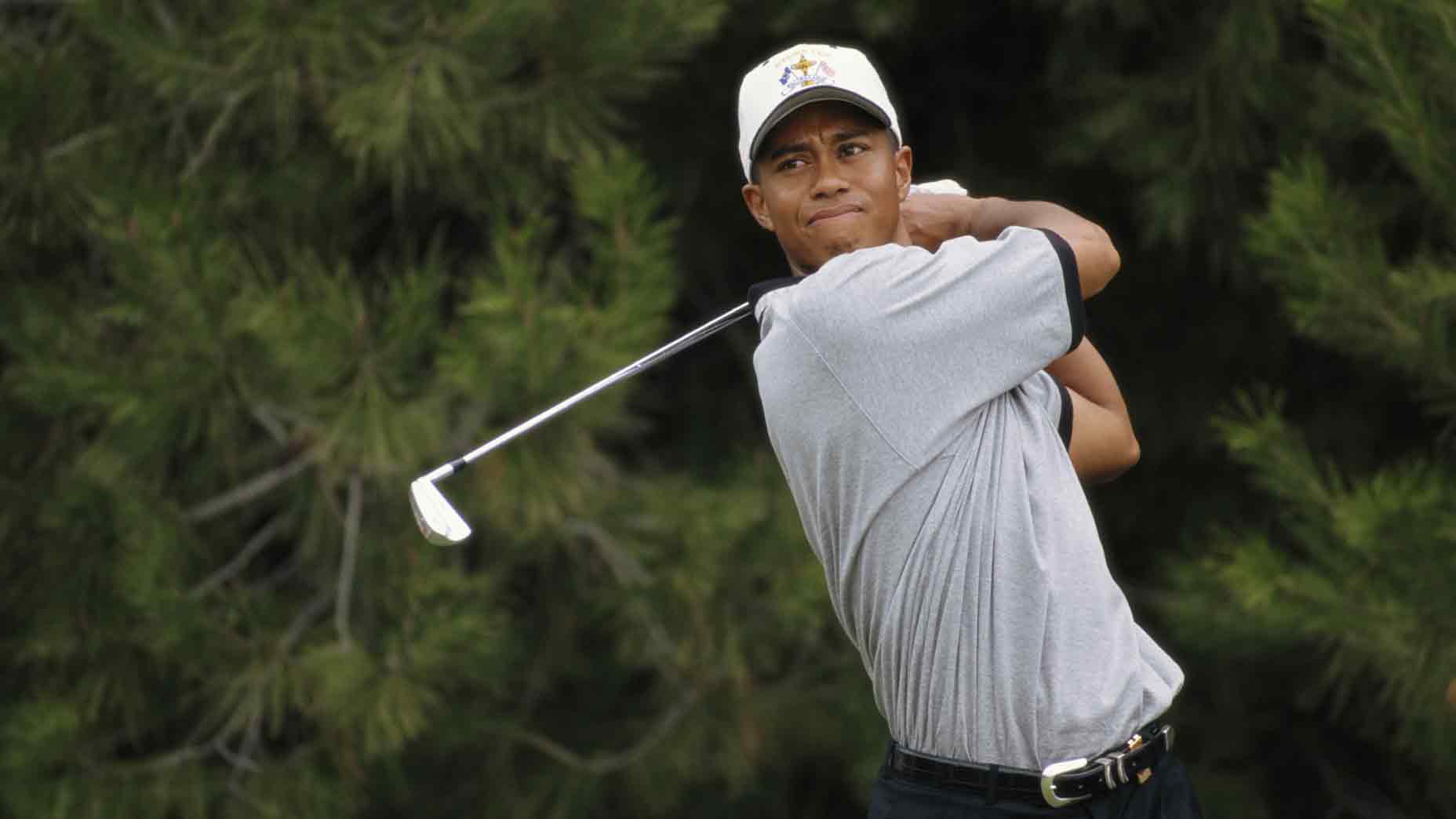A top UK instructor explains how he made the transition from elite player to coach

Zane Scotland at the 2017 Porsche European Open.
Getty Images
Zane Scotland was recently named one of the UK’s top 50 coaches. But prior to achieving acclaim as an instructor, Scotland was an elite player himself.
As a youngster, Scotland won a competition to find a British Tiger Woods. He then went on to become the youngest-ever qualifier for the Open Championship at 16 years old. An injury from a car accident derailed his early professional career, but he continued to compete on mini tours, logging his 10th win on the Dubai-based MENA Tour in 2016.
Now 39 years old, Scotland devotes the majority of his time to coaching, and on this week’s episode of Off Course with Claude Harmon, he explained how he managed to make the transition from elite player to top instructor.
It was a bit of a slow build into teaching, Scotland said, where his interest in the technical side of the swing for his own game was noticed by other players on the range. One of Scotland’s tips for an amateur resulted in a run of good play, and he asked Scotland to coach him full-time.
“It became, well, I’m not flying on the Tour, so maybe it’s something I should think about,” Scotland said.
As Scotland gained more clients, he started settling into his new role, which he said he tried to differentiate from his own playing days by putting his own ball flight biases aside and focusing on the needs of each player in front of him.
“Asking lots of questions, always trying to see it from the player’s point of view. I always try and dive into that,” Scotland said, citing his sessions with his father as a great learning ground for switching off his “player head” and going into coaching mode.
“I try and make the diagnosis: What’s this player want? What are they actually doing? How does that marry up? What’s going to take them to the next step?” Scotland said. “You do have a preconceived idea of what shape you like to hit the ball. I like to see the ball move a certain way. But the next person comes in, and as much as I see they should do this and their swing should do that, they just want to hit it the other way, and I’m trying to get my head around it.
“I’ve definitely had a couple of times, in hindsight, early on, I was trying to see [a certain ballflight],” Scotland continued. “He probably told me five times he wanted to hit the ball the other way. But I wasn’t hearing it. And that player goes off and you think, that’s what I got wrong there. And you try and learn from that.”
Another thing Scotland learned? Not to be afraid of telling players the same thing over and over in different ways.
“It’s the same issue, and one day they go, that’s really good,” Scotland said. “You’re thinking, we’ve been doing that for two years.”
For more from Scotland, including Scotland’s advice for aspiring juniors, and why his first time seeing Tiger Woods in person was a bit of a letdown, check out the full interview below.














